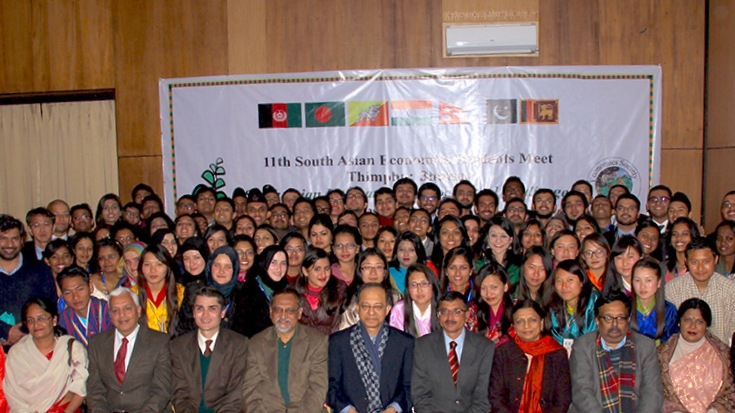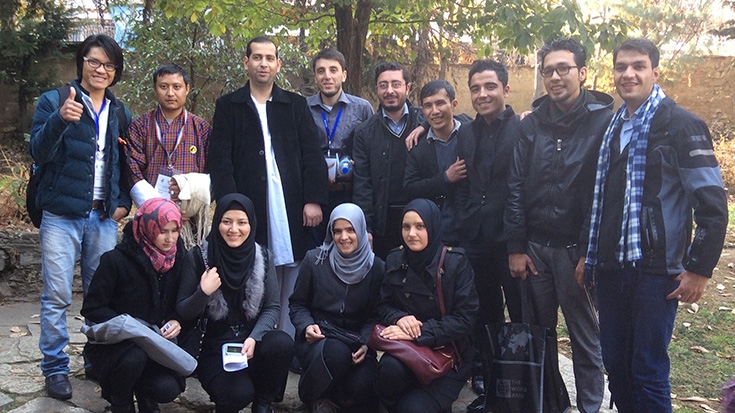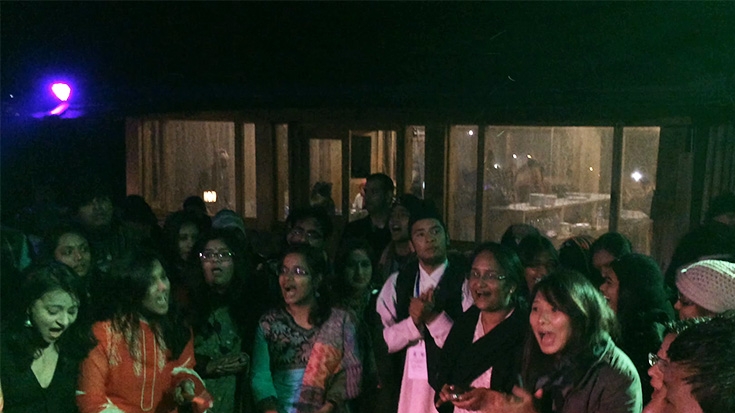Why are there no direct flights between Pakistan’s transit hub and the capital of Bhutan? Why is it so time-consuming for a Pakistani to obtain a visa to India? These were the exact questions explored at this year’s SAESM, where 80 top economic students from across South Asia convened to discuss solutions to a dis-integrated South Asia. With intra-regional trade accounting for only 5% of total trade, compared to 25% in the Association of Southeast Asian Nations (ASEAN) countries, South Asia stands out as the most culturally symbiotic, yet political disparate region.
“Before SAESM, I had never met an Indian, or a Sri Lankan,” said Shafaat Yar Khan from Pakistan, “Borders are important but we should recognize that challenges we face in Pakistan and India are pretty similar, as a result we should make the borders irrelevant to resolve the challenges together.”
During SAESM, the students from different countries came up with suggestions on improving regional integration ranging from developing student exchange programs within South Asia, appointing student ambassadors to lobby politicians on pro-integration policies; strengthening the South Asia Association for Regional Cooperation (SAARC) institutions; easing visa regimes to encourage people to people exchange; lowering customs; and building infrastructure to reduce trade barriers.
“Disputes stay between politicians, but the people love each other and want deeper integration”, said Tamara Noori, student from Kabul University, Afghanistan.
Students who were selected to SAESM either present their research paper under one of the four sub-themes of this year’s theme: Regional Integration: Prospects and Challenges, or participate in a budding economist quiz competition. The four sub-themes include linkages between trade, development and poverty alleviation; cost of economic non-cooperation to the consumers in South Asia; FDI and technological transfers within South Asia; political economy of regional integration in South Asia, and South Asia in the global perspective.
“It is only through accelerated regional integration that South Asia can find a place for itself in the emerging Asian century. SAESM 2014 helped the young men and women from South Asia to become instruments of greater cooperation,” said Sanjeev Mehta, Economics Professor and the Bhutan SAESM Coordinator.



